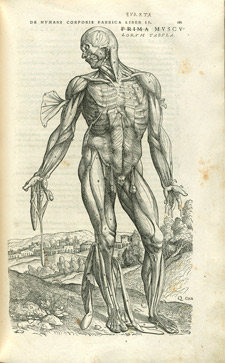Today, however, we'd like to share with you the exciting launch of a fantastic new resource from our very own Royal College of Physicians Edinburgh: The Sibbald Library's Online Archive. The result of a 2-year Wellcome Trust grant, the archive is in the process of cataloguing the RCPE's deposited collections to provide greater access to the public. Already, 8,000 items have been catalogued in the archive, and the project is set to continue until February 2013. The archive boasts 189 collections online, each with its own detailed collection level description and hierarchical description of all records.
Collections include sources from:
- Joseph Black
- William Cullen
- Andrew Duncan
- Edinburgh General Lying-In Hospital
- Edinburgh Obstetrical Society
- Francis Home
- James Gregory
- John Gregory
- James Hamilton
- John Hope
- William Hunter
- Alexander Monro
- Alexander Morison
- John Playfair
- John Pringle
- John Rutherford
- Andrew St Clair
- Scottish Medical Service Emergency Committee
- Alexander Russell Simpson
- James Young Simpson
- Robert Whytt
- Thomas Young


